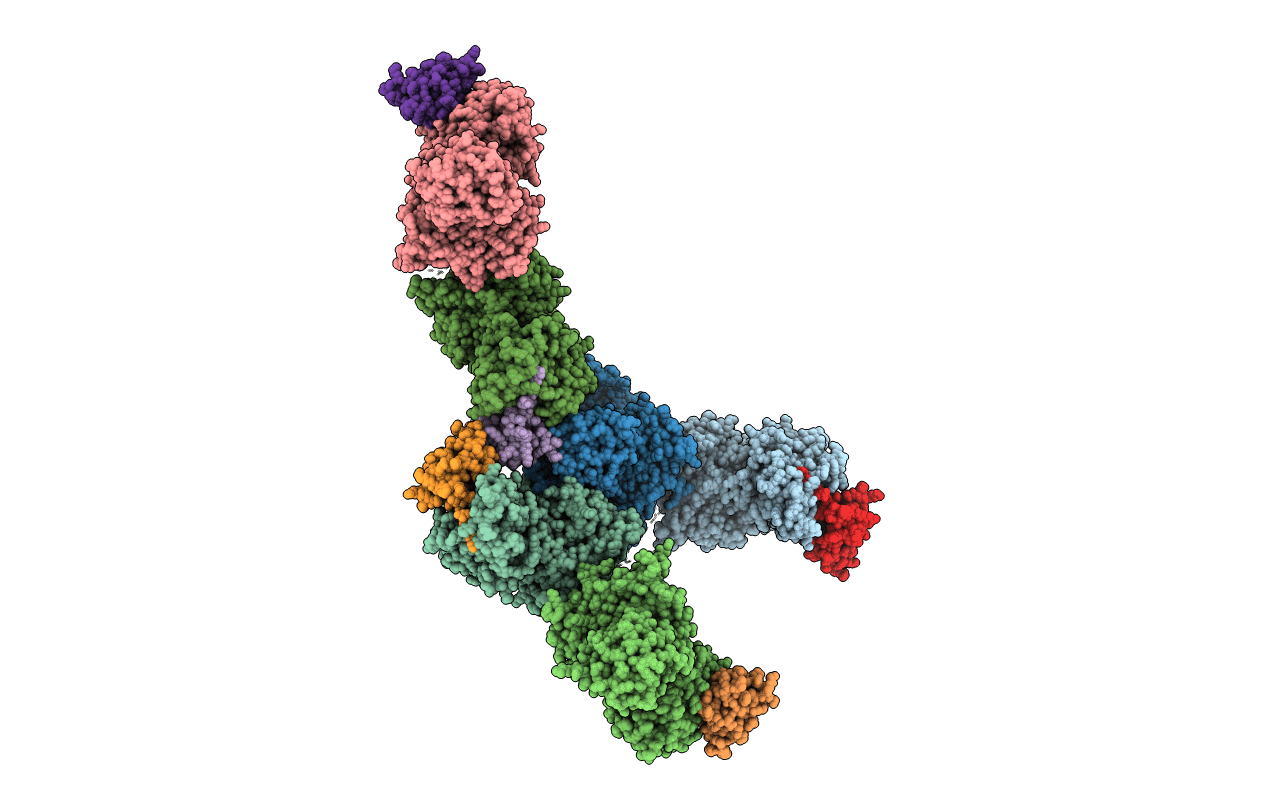
Deposition Date
2017-03-28
Release Date
2018-02-28
Last Version Date
2024-10-30
Entry Detail
Biological Source:
Source Organism:
Caenorhabditis elegans (Taxon ID: 6239)
Host Organism:
Method Details:
Experimental Method:
Resolution:
3.29 Å
R-Value Free:
0.24
R-Value Work:
0.20
R-Value Observed:
0.20
Space Group:
C 2 2 21


